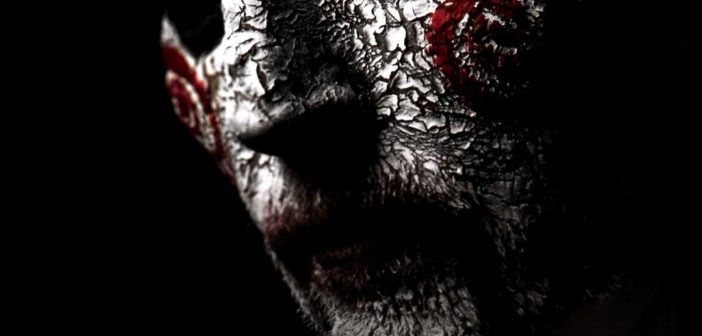“Jigsaw,” the heavily anticipated eighth installment in the Saw saga, lacks sophistication and plot coherency but gifts fans of the infamous “games” with creative new traps. “Jigsaw” premiered Oct. 27, almost exactly 13 years after the first film in the franchise, “Saw.” The franchise was featured as a haunted house at Universal’s Halloween Horror Nights this year to promote the new movie.
The initial film was a large-scale success and quickly became one of the most popular horror movies of its time with gross sales of over $100,000,000 at the box office, and the film acquired a cult following that has largely remained loyal to the series. However, engagement with the public has dropped with the releases of each additional film as they grew to become more focused on the gore of the games than the character development that is crucial to understanding Jigsaw as a villain.
Jigsaw is a vindictive killer who studies his victims and calculates a flawlessly designed trap meant to punish the sins of his victims while offering them salvation through merciless means. He acts as a godly figure by making judgments about human beings and treating them according to his sense of justice, albeit beyond twisted. Those hoping to see a reversion in structure and theme more along the lines of the original Saw film were disappointed by Jigsaw.
The basis for “Jigsaw” is that the city is horrified by a sequence of murders eerily similar to those committed by the Jigsaw killer John Kramer (Tobin Bell). The event of these killings poses a problem for those investigating the murders, as Jigsaw was presumed dead for several years by this point. Therefore, law enforcement officials are wrestling with two disconcerting theories: Jigsaw is still alive somewhere, or a copycat killer is on the loose. Two detectives, Halloran (Callum Keith Rennie, “Californication”) and Hunt (Clé Bennett, “Barney’s Version”) collaborate with two forensic pathologists Logan Nelson (Matt Passmore, “The Glades”) and Eleanor Bonneville (Hannah Emily Anderson, “Lizzie Borden Took an Ax”) to solve the case.
As the plot unfolds, the detectives manage to turn the forensic pathologists against each other and vice versa, all under the suspicion that someone among them has played a part in the killings. The already twisted film takes numerous turns as from the insertion of a few red herrings in the mystery; however, the epiphany moments of the work prove to be underwhelming.
The directors did not choose to incorporate any song in the film except for the typical Saw theme music, which is consistent with the other movies. Frequent changes in directors may have caused the other differences among the separate films of the franchise. “Saw” was directed by James Wan, but Darren Lynn Bousman directed “Saw II,” “Saw III,” and “Saw IV,” David Hackl directed “Saw V,” and Kevin Gruetert directed “Saw VI” and “Saw 3D.” Most recently, The Spierig Brothers directed “Jigsaw.”
The Spierig Brothers are fairly new to the industry, as Jigsaw is only their fourth film that they have ever directed. What the newest film certainly brings to the franchise is the interesting scenery of the abandoned barn where the game takes place this time as well as the inventive and terrifying new traps introduced.
This film is recommended for mature audiences and fans of the outright gore for which the Saw films are known, but it is not recommended for those seeking a well-developed mystery or suspense film.





